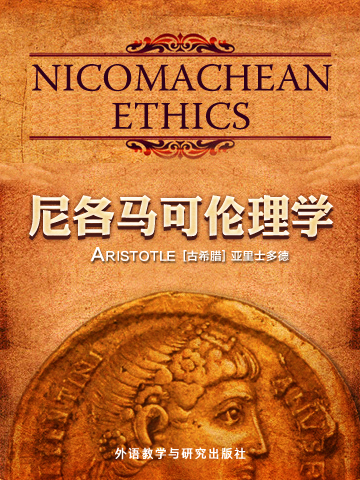走近西方第一部伦理学专著,探究德性与理性,至善与幸福。
《尼各马可伦理学》是古希腊哲学家亚里士多德的哲学著作,是西方伦理学史上第一部伦理学专著,书中系统阐述了德性在于合乎理性的活动,至善就是幸福等观点,成为西方近现代伦理学思想的主要渊源之一。被认为是亚里士多德本人在吕克昂学院(Lyceum)中的讲座笔记,因其子尼各马可(Nicomachus)而命名。
Nicomachean Ethics is the name normally given to Aristotle's best known work on ethics. It plays a pre-eminent role in defining Aristotelian ethics.It consists of ten books, originally separate scrolls, and is understood to be based on notes from his lectures at the Lyceum, which were either edited by or dedicated to Aristotle's son, Nicomachus. The theme of the work is the Socratic question which had previously been explored in Plato's works, of how men should best live. It is widely considered one of the most important historical philosophical works, and had an important impact upon the European Middle Ages, becoming one of the core works of medieval philosophy.
- BOOK I
- BOOK II
- BOOK III
- BOOK IV
- BOOK V
- BOOK VI
- BOOK VII
- BOOK VIII
- BOOK IX
- BOOK X
- 书评 写书评
- 笔记
-
书评加载中...

















 京公网安备 11010802032529号
京公网安备 11010802032529号
笔记加载中...